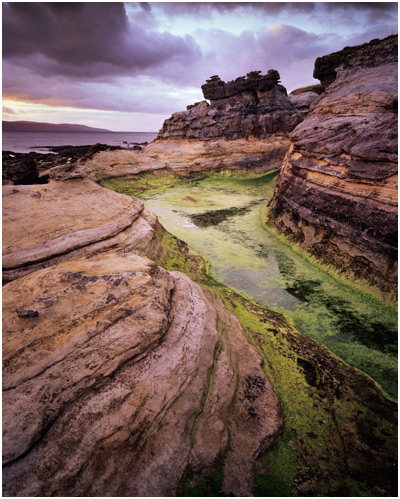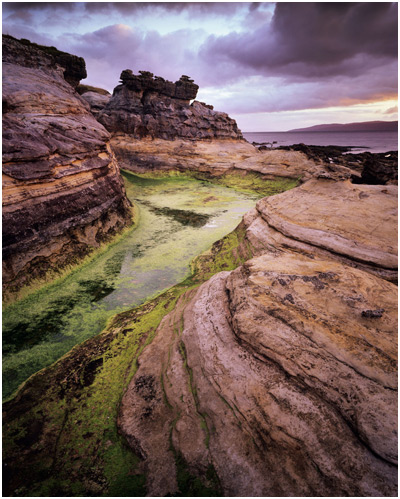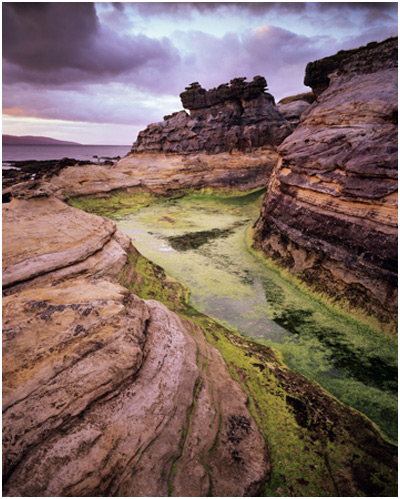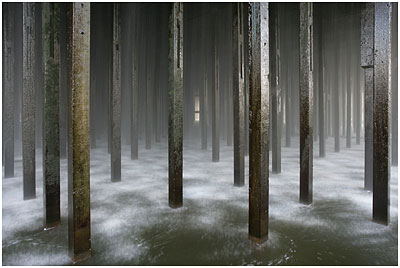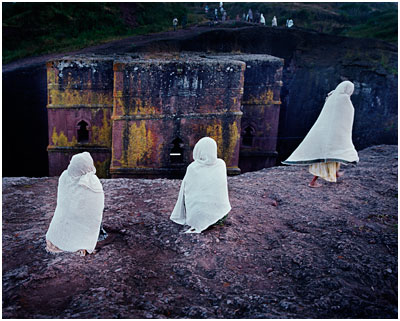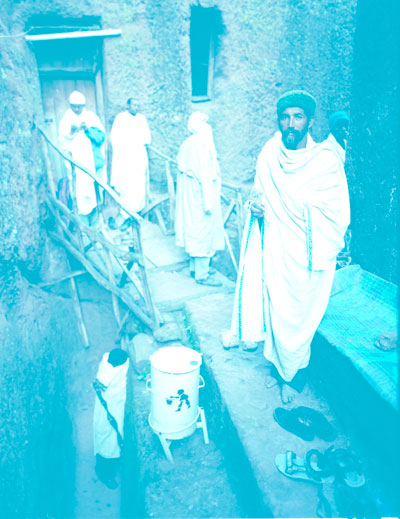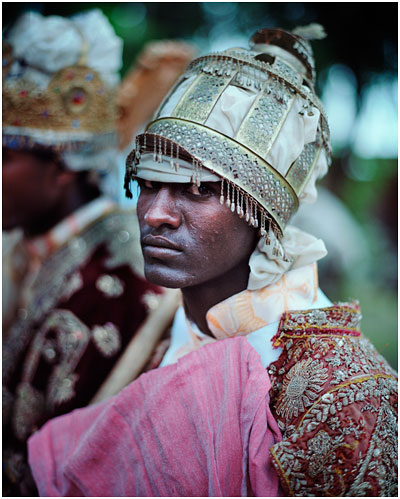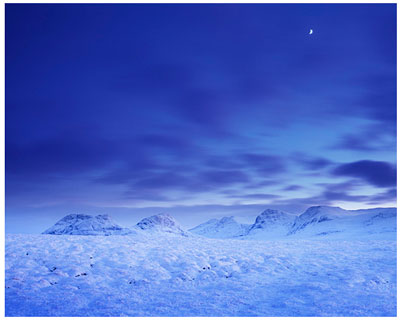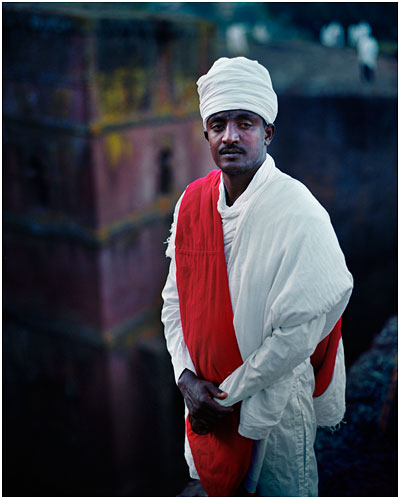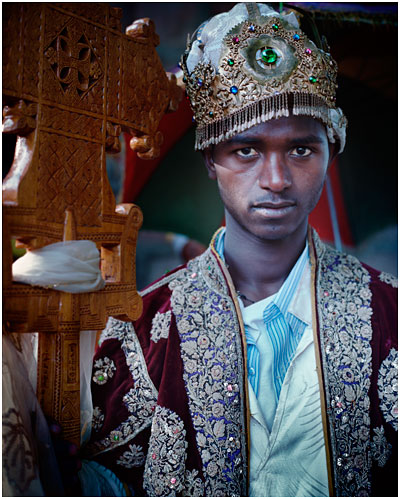Composition doesn't just end when we click the shutter button. Far from it, I'll often crop images at home if I see a picture within the picture. Besides, not every landscape or subject we shoot will fit the aspect ratio of our cameras. As a lot of you who've been on workshops with me will testify - I have a dislike for the 3:2 aspect ratio and will often find a 4:5 crop within the images of the participants on my trips. But I thought it would be really cool to discuss some further ways of helping 'refine' a composition once you have something finished and ready to let the world see as it were. Often, when we think we're finished, there's perhaps room for some further improvement.
So let's look at this image I shot on Eigg:
I'm a big believer in 'balance' as well as symmetry in my compositions, and I will go to great lengths to emphasise this to participants on my workshops. Often finding 'flow' in a composition. In the image above, those of you who have read my 'Simplifying Composition' eBook will know, contains lots of S-curves in the frame. But what about balance? I feel the image sits well and that there is an equal spacing between left and right object, but if we flip it horizontally, what happens?
Our minds interpret this flipped version very differently. In fact, I now feel there is far too much space on the right hand side of the frame. There seems to be an abundance of rock that's not doing much on the right hand side of the frame, so I want to crop it:
Ahhh, that's better. My mind isn't going banana's any more about that abundance of rock on the right hand side of the frame. I feel my life is much more on an even-keel and my compulsive-obsessive-personality can now rest (for a few minutes at least anyway) ;-)
So now we've cropped the right hand side of the frame, how does the image look if we revert it back to the original rotation?
The image still works, and if I compare it with what we started with, I feel i've made it a little more balanced, tighter too perhaps, which isn't a bad thing, but overall, I feel what I have now is an improvement.
As with all things, vision, artistic sensibilities, taste - it's all subjective and with photography, there is often compromise involved. Perhaps the final crop has less 'breathing space' to it. But I do feel that there's much more balance between left and right.
Ultimately, flipping images vertically can allow you to spot imbalance in your compositions and they allow you to notice things you weren't aware of when the image was flipped the right way round. Just don't over-analyse it: if the image works in the first place, then maybe that fine-tune-crop may be a crop-too-far.

